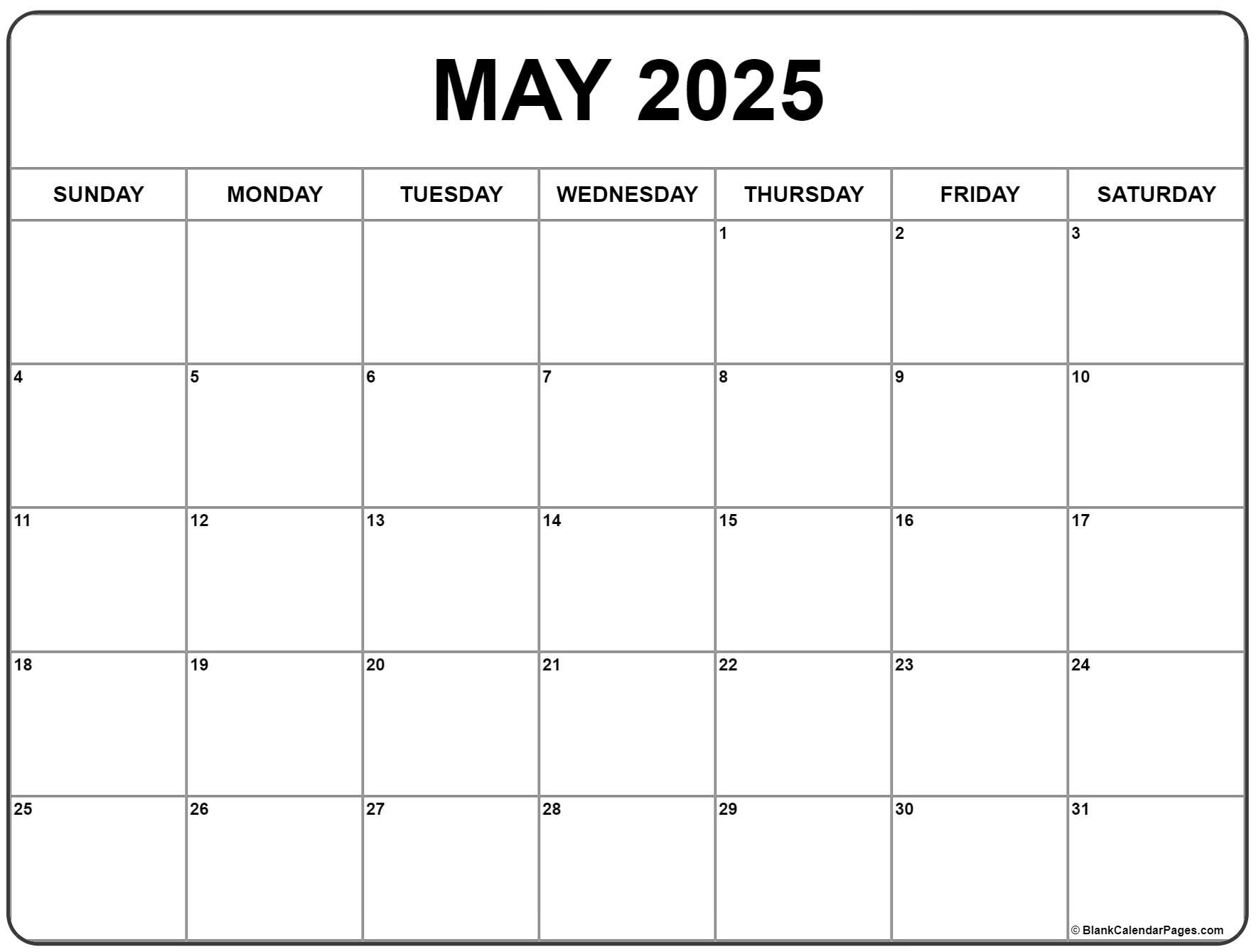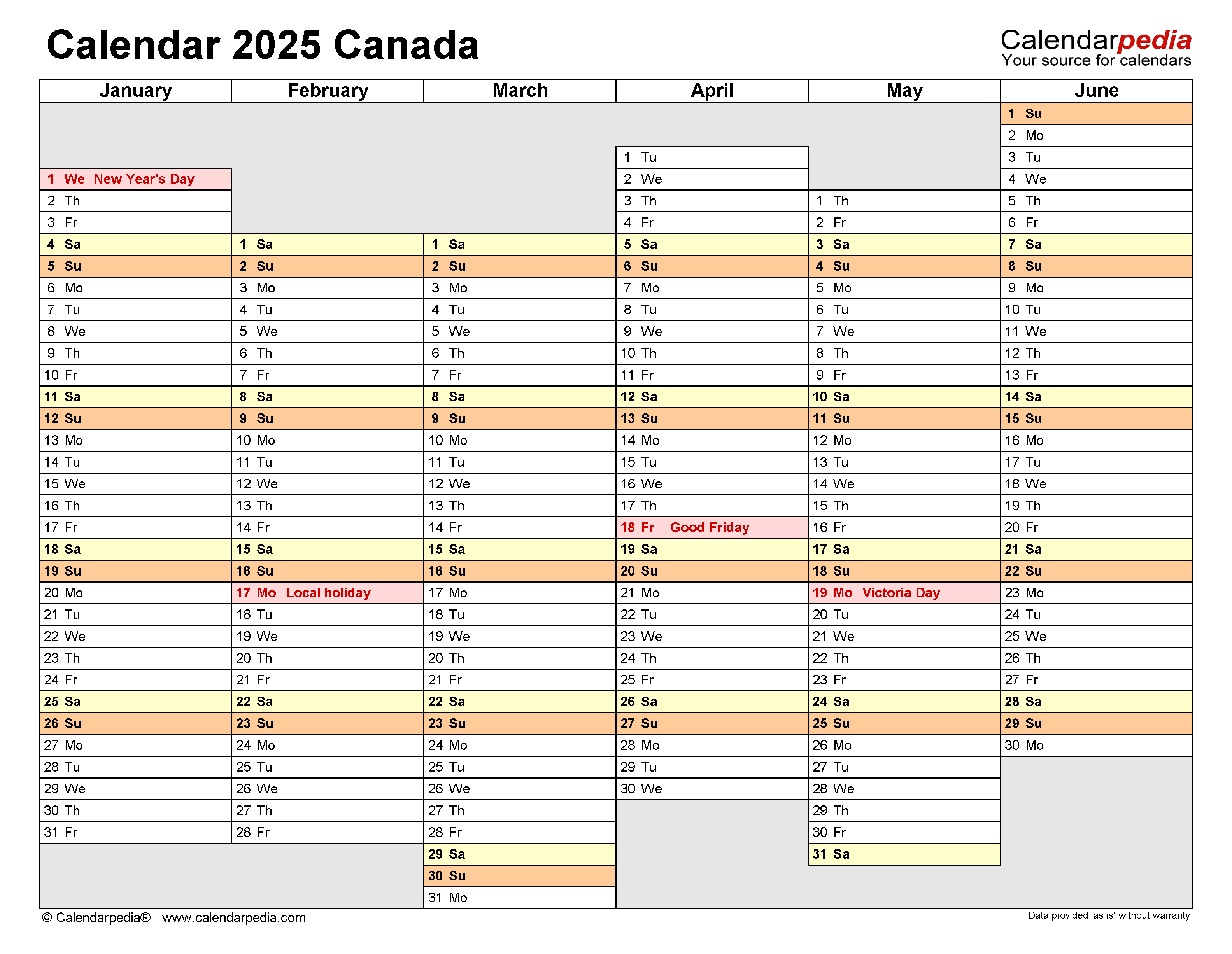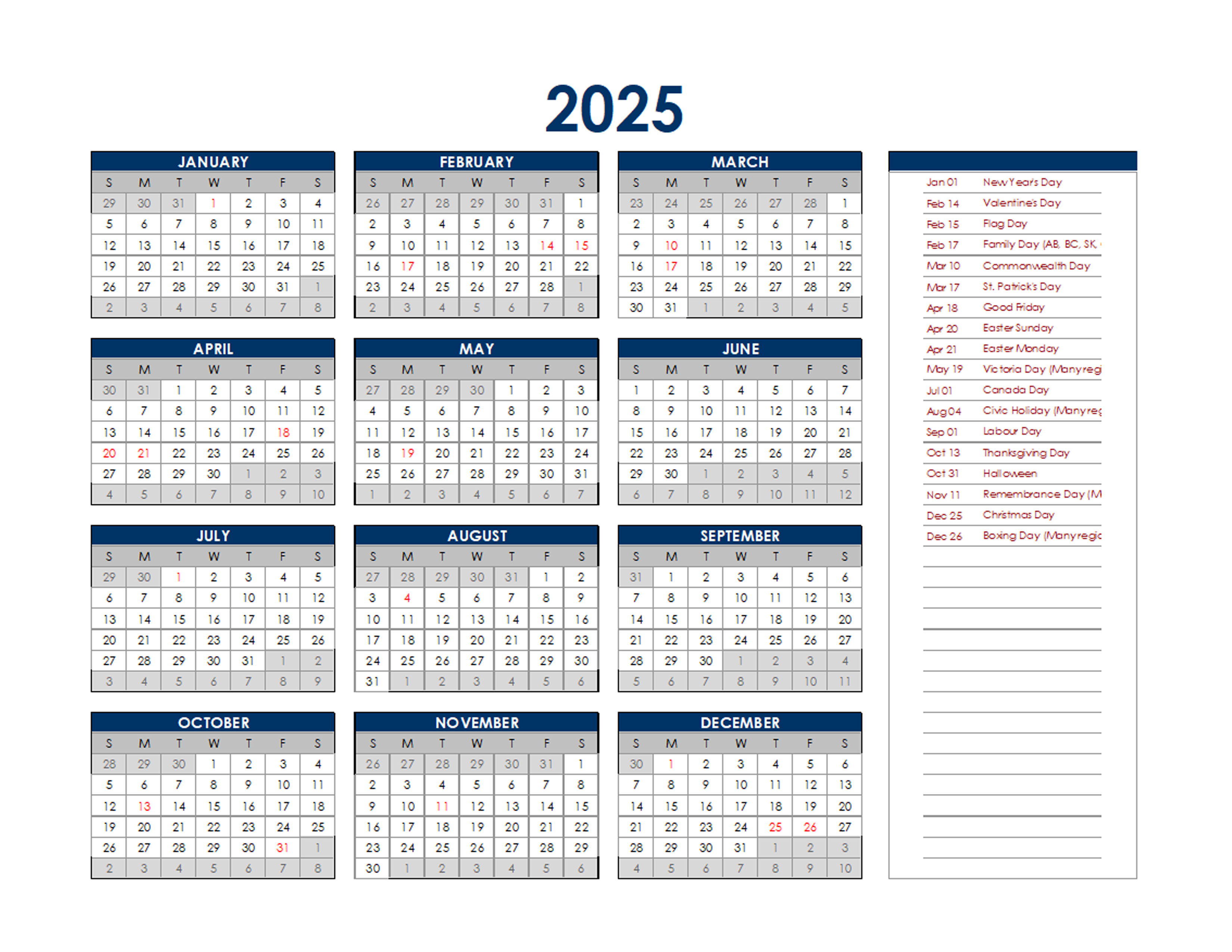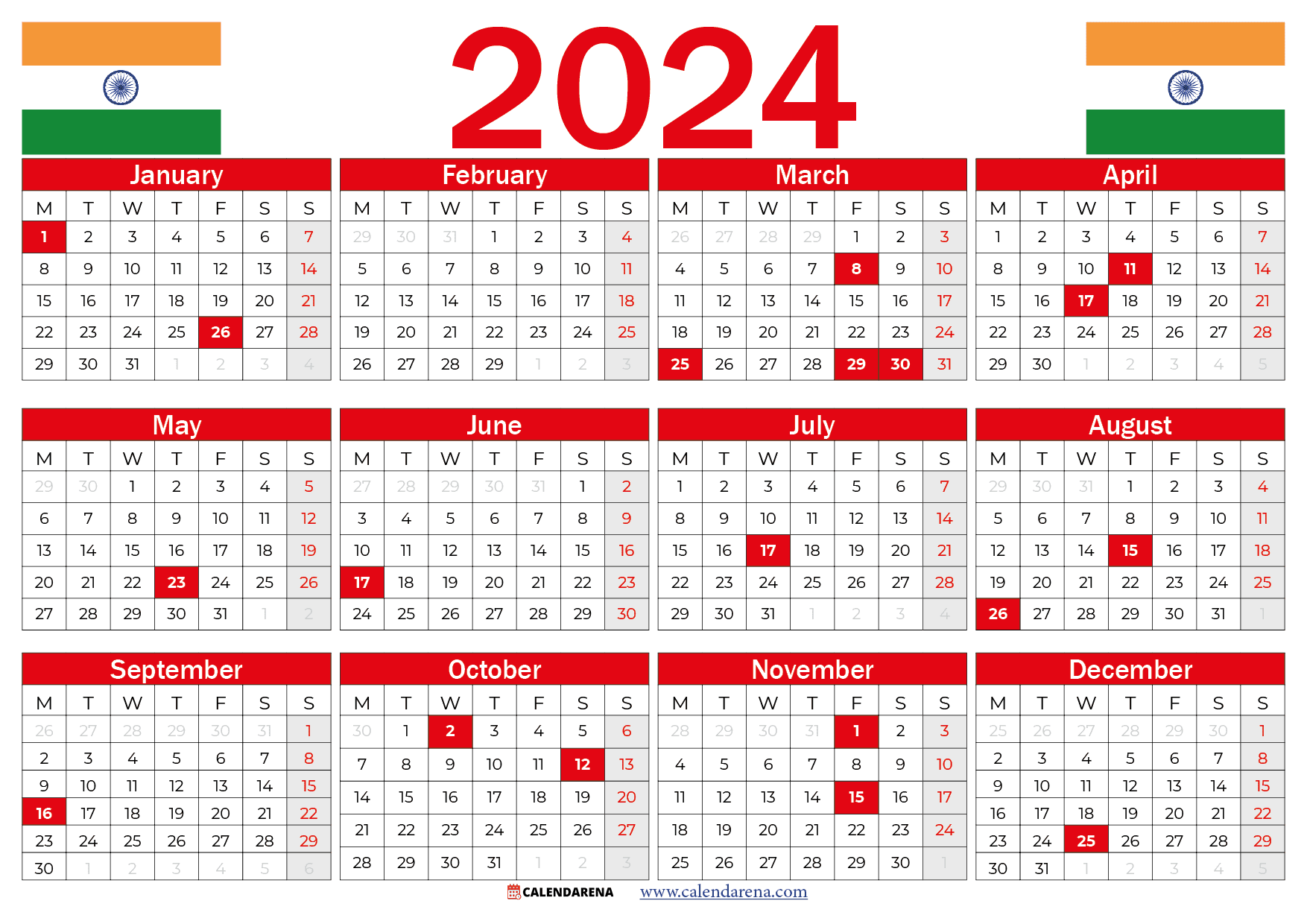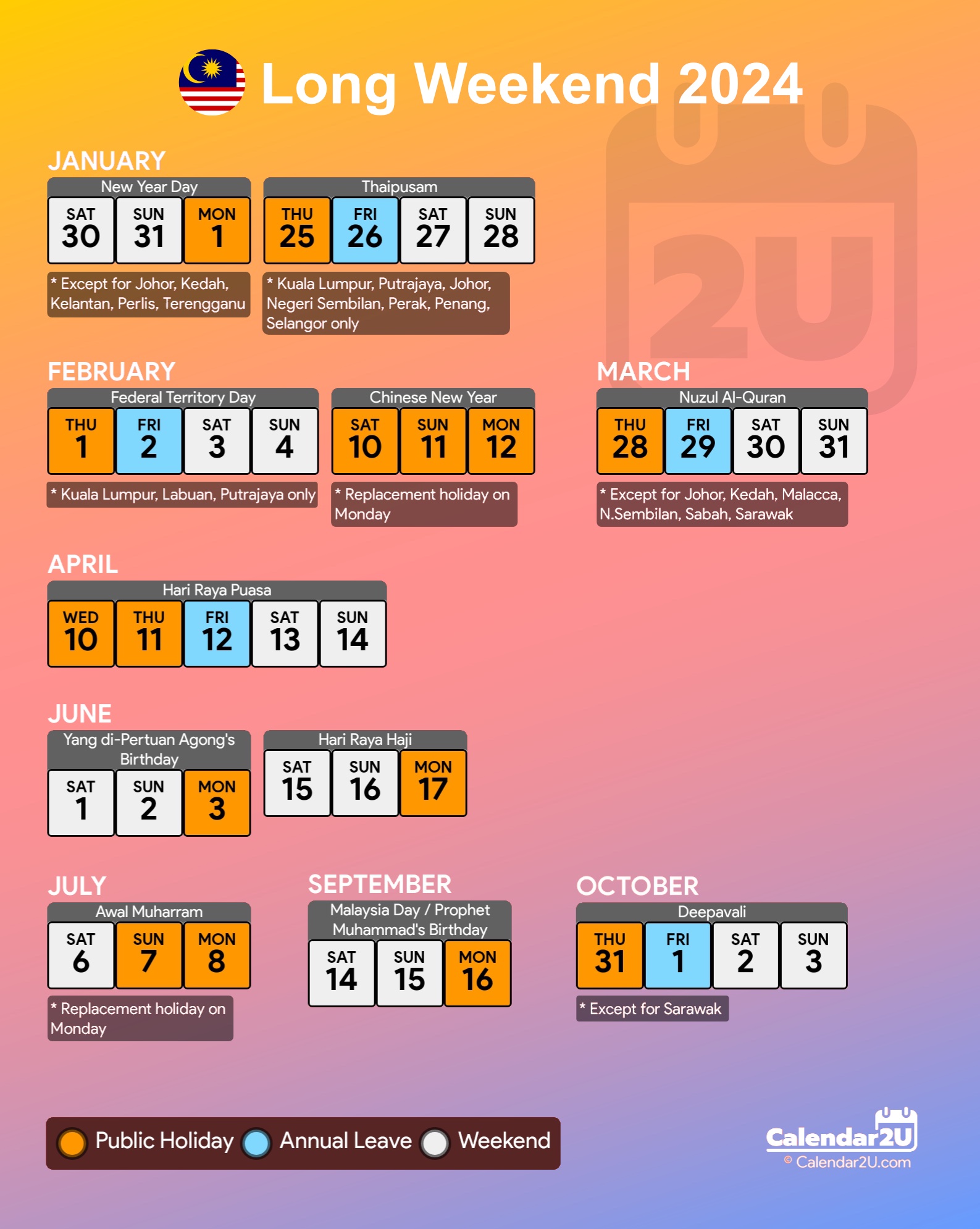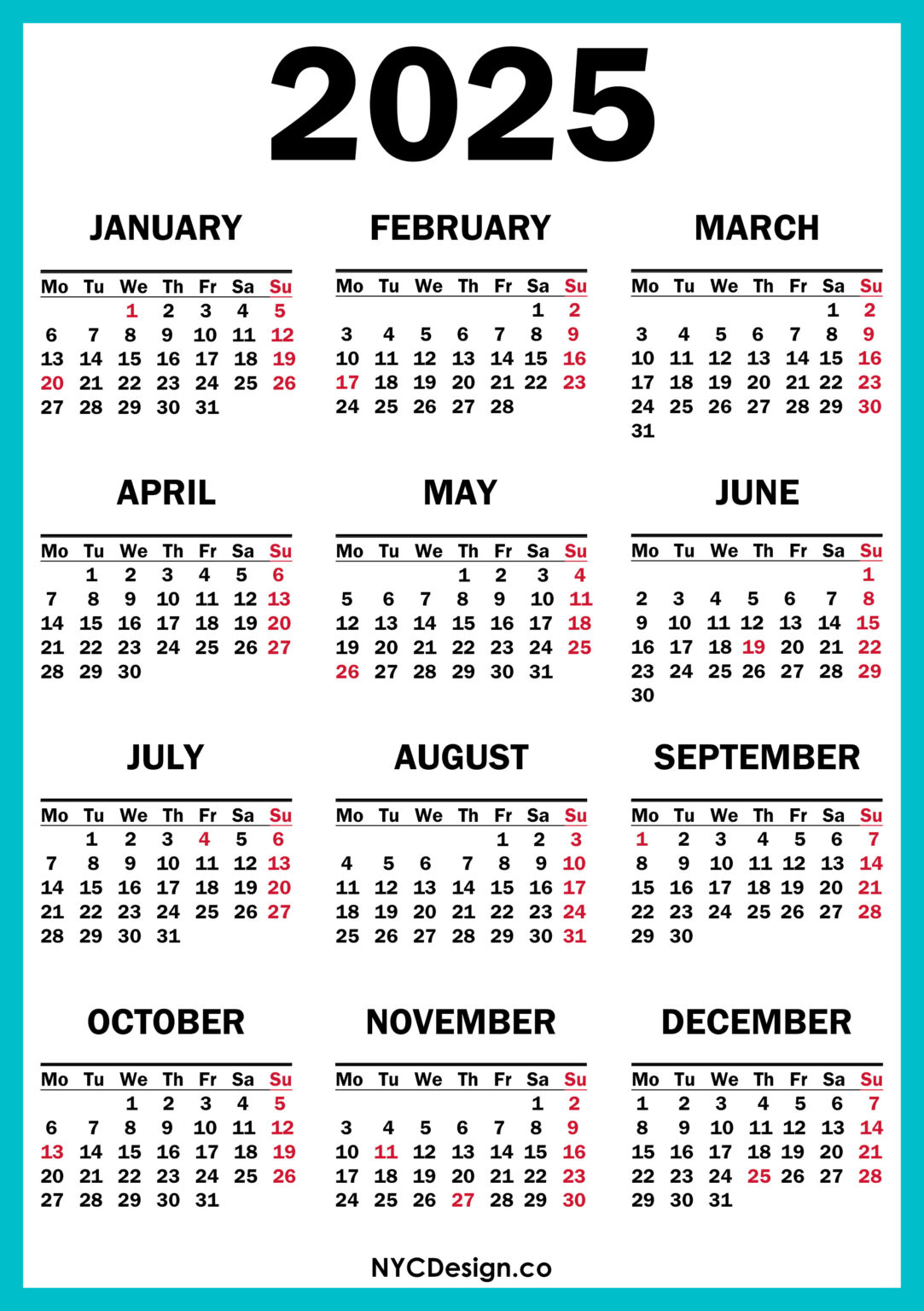Which May 2025 Calendar Has The Most Holidays
The Great May 2025 Holiday Showdown: Unveiling the Calendar with the Most Festive Flair
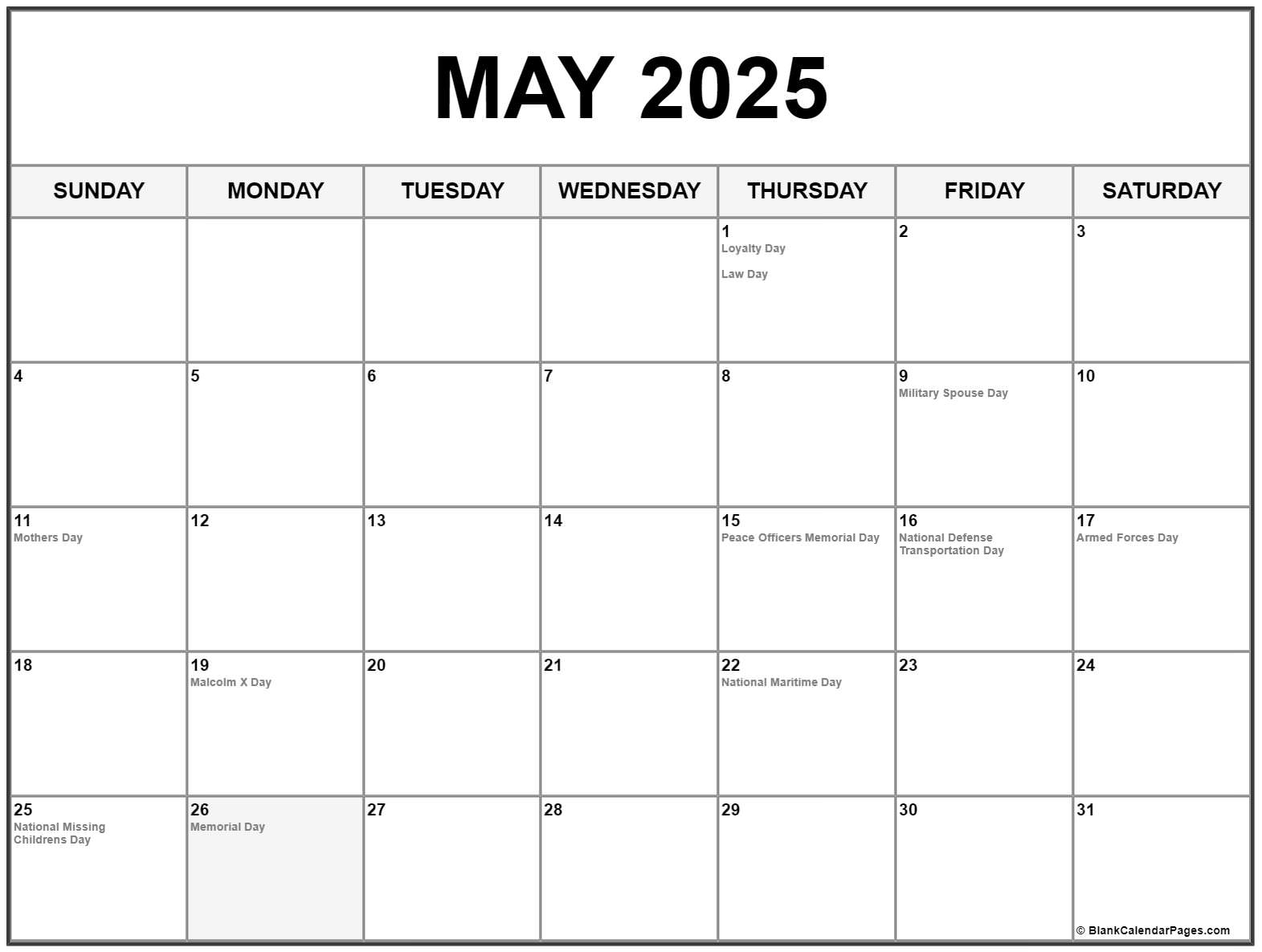
May 2025. A seemingly unremarkable month in the grand scheme of things, yet for those seeking a calendar brimming with holidays and observances, it holds a surprising potential for festive overload. But which May 2025 calendar boasts the most celebratory days? The answer, as we’ll discover, is far from simple, requiring a deep dive into the diverse tapestry of global and cultural celebrations.
This article will dissect the complexities of comparing May 2025 calendars, exploring the various types of holidays, the challenges of standardization, and ultimately, presenting a reasoned argument for which calendar – or rather, which approach to calendar-making – offers the most comprehensive holiday experience for May 2025.
The Shifting Sands of Holiday Recognition:
The primary hurdle in determining the "most holiday-rich" May 2025 calendar is the subjective nature of what constitutes a "holiday." A standard Gregorian calendar will show fixed dates like Mother’s Day and potentially some religious observances. However, many cultures celebrate movable feasts, meaning their date changes annually. Furthermore, some calendars incorporate regional, professional, or even company-specific holidays, making direct comparison nearly impossible.
Consider these categories:
-
Religious Holidays: Easter, Passover, Eid al-Fitr (if it falls in May), and numerous other religious observances vary significantly based on lunar cycles and differing religious calendars. A calendar focusing on Christian holidays will look vastly different from one highlighting Islamic or Jewish celebrations.
-
National and Public Holidays: These are fixed or movable dates celebrating national events, independence days, or patron saints. Their inclusion depends entirely on the country or region the calendar is designed for. A UK calendar will have different national holidays than a US or Japanese calendar.
-
Cultural and Observance Days: These are far more numerous and less standardized. They include events like Earth Day, International Nurses Day, and countless other themed days recognized by specific groups or organizations. The sheer volume and subjectivity in their inclusion make objective comparison difficult.
-
Secular Holidays: These are non-religious celebrations like Mother’s Day, Father’s Day (if falling in May), and various other commemorative days. These are often regionally specific in their exact dates and levels of observance.
The Methodology of Comparison:
Given the above complexities, a simple headcount of holidays is inadequate. Instead, we must adopt a more nuanced approach:
-
Categorization: We’ll categorize holidays into the four types mentioned above. This allows for a more granular understanding of the types of celebrations represented.
-
Geographic Scope: We’ll focus on a geographically diverse range of calendars to capture a wider spectrum of holidays. A purely US-centric calendar will inherently miss numerous global celebrations.
-
Weighting: We can assign weights to different categories based on their significance. For example, national holidays might receive higher weighting than a less widely observed cultural day. This, however, introduces subjectivity.
-
Inclusivity vs. Specificity: We must consider the trade-off between a calendar that includes a massive number of minor observances versus one that focuses on major, widely celebrated holidays.
A Case Study: Comparing Three Hypothetical May 2025 Calendars
Let’s consider three hypothetical May 2025 calendars to illustrate the challenges:
-
Calendar A: The Globalist: This calendar attempts to include as many holidays as possible from around the world, regardless of their local prominence. It risks becoming overwhelming and cluttered, with many entries of limited relevance to the average user.
-
Calendar B: The Regional Specialist (e.g., UK-focused): This calendar focuses on holidays primarily relevant to a specific region. It offers a comprehensive overview of holidays within that region but ignores the broader global picture.
-
Calendar C: The Balanced Approach: This calendar prioritizes major national and religious holidays, incorporating a selection of widely celebrated cultural days. It strives for a balance between comprehensiveness and usability.
The Verdict: There Is No Single "Winner"
The quest for the "most holiday-rich" May 2025 calendar ultimately reveals the futility of a simple numerical comparison. The ideal calendar depends entirely on the user’s needs and priorities.
Calendar A, while boasting the highest raw number of entries, risks becoming unwieldy and ultimately less useful. Calendar B offers a focused experience but sacrifices global perspective. Calendar C, with its balanced approach, likely provides the most practical and engaging experience for a wide audience.
Instead of seeking the "most" holidays, the more meaningful question is: "Which May 2025 calendar best reflects my interests and cultural context?" The answer lies in choosing a calendar that aligns with individual needs and preferences, recognizing that the value of a holiday is subjective and depends on personal significance.
In conclusion, the search for the most festive May 2025 calendar is a journey of exploration, not a competition for numerical superiority. The best approach involves careful consideration of personal preferences and a willingness to embrace the rich diversity of global celebrations. Ultimately, the most rewarding calendar is the one that resonates most deeply with the individual user.

